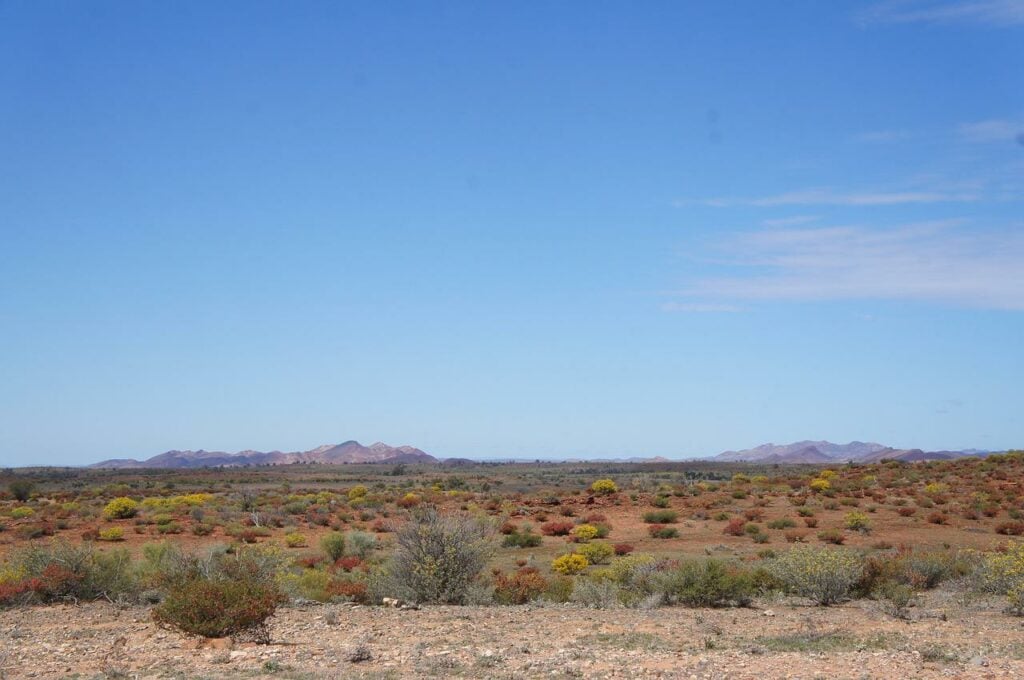
Construction work has started on a 30MWh pumped hydro storage project in Western Australia for a commercial operation start date in the second half of 2023.
The project is the first pumped hydro storage microgrid in Western Australia, the local government said, adding it will mitigate up to 80% of power outages. It will improve power reliability for homes and businesses in Walpole, where it is located, as well as help integrate the onset of new renewable energy sources.
Enjoy 12 months of exclusive analysis
- Regular insight and analysis of the industry’s biggest developments
- In-depth interviews with the industry’s leading figures
- Annual digital subscription to the PV Tech Power journal
- Discounts on Solar Media’s portfolio of events, in-person and virtual
The small city is at the end of a 125km-long feeder line which is exposed to disruptive elements like wildlife, storms, lightning and bushfires.
The Government of Western Australia recently committed AU$2 million (US$1.5 million) towards the project as part of its Clean Energy Future Fund (more on that further down). It is a joint venture between utility Western Power and renewable energy developer Power Research and Development.
The pumped hydro energy storage (PHES) facility has a maximum power output of 1.5MW and will use two farm dams to store 30MWh of energy (15 hours duration). It will release water through a generator during periods of high demand as well as in the event of an outage.
“This project, despite being on a smaller scale, will be used as a template for other areas in the State (of Western Australia), and possibly nationally and internationally,” said the Western Australia Energy Minister Bill Johnston.
“Power outages in the town can be disruptive and improving reliability is a priority for Western Power,” he added.
Elsewhere in the country, Kidston Stage 2 Pumped Hydro Project, a 250MW facility, is under construction in the state of Queensland through developer Genex Power. At the time it was announced, Kidston was described as Australia’s first new PHES plant in nearly 40 years, although it seems it will be overtaken by the Western Australia project’s more rapid development timelines largely owing to the latter’s smaller scale. Kidston is expected to be completed during 2024.
Also in development is a possible network of up to 3,500MWh of PHES capacity at 10 facilities in the island state of Tasmania, which could export renewable energy to the National Electricity Market (NEM) in a project dubbed “Battery of the Nation”.
Second round of Western Australia government’s Clean Energy Future Fund (CEFF)
In concurrent news, the Government of Western Australia has launched the second round of the Clean Energy Future Fund (CEFF), pledging AU$11 million (US$8.2 million) to seven clean energy projects including Walpole’s and two other storage projects.
The CEFF supports clean energy projects and technologies that have the potential to support reductions in greenhouse gas emissions. Two of them are battery energy storage projects.
Metro Power Company’s AmbriSolar Battery Energy Storage System project won AU$340,000 to add solar generation and a DC-coupled battery to an existing solar farm in the town of Merredin.
Alinta Energy’s Port Hedland Big Battery project won nearly five times that amount – AU$1.5 million – to add battery storage to a gas-fired power station in the northern town. The storage aims to replace spinning reserve with energy stored in the battery to provide instant support to the grid when needed.
Project funding is conditional on successful completion of a formal funding agreement. Overall, the seven projects are expected to invest a total of AU$197 million, create 255 jobs during construction and 65 long-term operational ones, and generate 81GWh of power a year. The press releases refers to two of the projects as pilot projects (not the storage ones).
The $19 million CEFF is administered by the Department of Water and Environmental Regulation, with support from Energy Policy WA.






